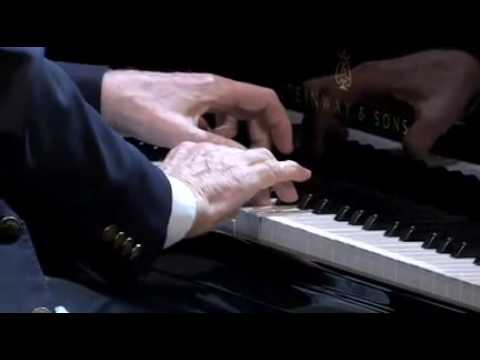The Deceptive Cadence
 There is something in classical music called the deceptive cadence, in which the chord progression seems to build toward one thing–to resolve itself in a way that is naturally pleasing/tension-releasing to us–but instead does something different and a little bit wrong. (Technically, it is a five chord that doesn’t go down to a one chord like it ought.)
There is something in classical music called the deceptive cadence, in which the chord progression seems to build toward one thing–to resolve itself in a way that is naturally pleasing/tension-releasing to us–but instead does something different and a little bit wrong. (Technically, it is a five chord that doesn’t go down to a one chord like it ought.)
In a wonderful TED talk called “Feeling Chopin,” Benjamin Zander talks about the deceptive cadence in Chopin’s Prelude in E Minor (Op. 28 No. 4). I’m performing the prelude tomorrow, so it is all I can think about today, which is why I’m writing about it now. Zander suggests raising one’s eyebrows at the audience when playing the deceptive cadence, so they get it, but I’m not really close to the level of being able to do two things for my audience at one time.
It’s really worth a watch, even if you aren’t performing the piece tomorrow. Zander compares what Chopin is doing to what Shakespeare does in Hamlet–Hamlet finding out in Act I that his uncle killed his father but dithering around until Act V to do something about it, because otherwise it would end too soon. And thus a series of deceptive cadences. In the prelude, we know what we want from the beginning, right from the first B–we want the E. But we don’t get it till the very last, after a series of heart-wrenching (truly–it is the saddest) fake-outs.
Can you think of any poems or stories with a deceptive cadence, where you feel entirely set up for something and then don’t get it until much later? How is it done? I mean, I would think there are lots of them, but I’m curious about just how purely formal they could be in writing, rather than plot-based. Or, what other formal devices do you find useful from other art forms?
